Autonomous driving technology has long been a topic of fascination and debate in the automotive world. Once the stuff of science fiction, the idea of self-driving cars is now on the cusp of becoming a reality. Major automakers, tech companies, and startups have poured billions of dollars into the development of autonomous vehicles (AVs), and the technology has made significant strides in recent years.
However, despite the excitement and potential, the widespread adoption of autonomous driving still faces numerous hurdles. From regulatory challenges to technical limitations and public perception, there are many factors that determine how soon we can expect fully autonomous cars on the road. So, just how far are we from the mainstream use of autonomous driving technology?
1. The Levels of Autonomous Driving
Before we can gauge how far we are from the mass adoption of autonomous vehicles, it’s important to understand the different levels of autonomy. The Society of Automotive Engineers (SAE) defines six levels of automation for driving systems, from Level 0 (no automation) to Level 5 (full autonomy). Most self-driving cars on the road today are at Level 2 or Level 3, with Level 4 and Level 5 still in the testing phase.
- Level 2 (Partial Automation): This level includes systems like Tesla’s Autopilot, where the car can steer, accelerate, and brake autonomously under certain conditions, but the driver must remain engaged and ready to take control at any time.
- Level 3 (Conditional Automation): In Level 3, the vehicle can handle most driving tasks, but the driver must still be available to take over in case of emergency. Audi and Honda have been testing Level 3 systems, but they’re not yet widely available.
- Level 4 (High Automation): At this level, the car can drive itself without human intervention in certain environments (such as urban areas or geo-fenced locations), but it may require a driver to take control in certain situations or locations. This is the level being tested by companies like Waymo and Uber.
- Level 5 (Full Automation): The vehicle is fully autonomous and can drive itself anywhere, without any need for human intervention. At this level, the car would have no steering wheel or pedals. This is the ultimate goal of autonomous driving, but it’s still several years away from reality.
As of now, Level 5 autonomy remains the Holy Grail of self-driving technology, but it’s far from being ready for mass adoption.
2. Technological Challenges
One of the biggest barriers to the widespread adoption of autonomous vehicles is the technology itself. While we have made significant strides in developing self-driving systems, they still face several limitations.
- Perception and Decision-Making: Autonomous vehicles rely on an array of sensors, cameras, and radar to perceive their surroundings and make driving decisions. However, these systems still struggle with complex or unpredictable situations, such as extreme weather conditions (rain, snow, fog) or interpreting ambiguous road signs or unexpected behavior from pedestrians or other drivers.
- Mapping and Localization: While many autonomous cars use high-definition maps for navigation, these maps need to be constantly updated to reflect changes in the environment, such as construction zones or road closures. In some areas, the lack of detailed maps makes full autonomy more challenging.
- Complex Urban Environments: Self-driving cars are better suited for controlled environments, like highways or rural areas, where traffic is more predictable. In busy cities with constant changes in traffic patterns, pedestrians, cyclists, and unpredictable road conditions, achieving full autonomy becomes much more difficult.
- Artificial Intelligence and Machine Learning: While AI has made significant strides in areas like image recognition and decision-making, it still lacks the human-like judgment and adaptability needed to navigate every situation on the road. This makes autonomous driving systems prone to errors or limitations, especially in novel situations.
3. Regulatory and Legal Issues
Aside from technological hurdles, regulatory and legal challenges are also major obstacles to the widespread adoption of autonomous vehicles. Governments around the world are still grappling with how to regulate self-driving cars and ensure that they meet safety standards.
- Liability and Insurance: One of the biggest legal questions surrounding autonomous driving is liability. If an autonomous vehicle is involved in an accident, who is responsible? Is it the manufacturer, the software developer, or the owner? Resolving these liability issues will be crucial for the legal and insurance frameworks around autonomous vehicles.
- Government Regulations: In many countries, laws and regulations governing road safety and vehicle operation have been written with human drivers in mind. Updating these laws to accommodate autonomous vehicles and ensuring that self-driving cars meet the necessary safety standards will require significant coordination between governments, regulatory bodies, and manufacturers.
- Testing and Approval: Self-driving cars are currently being tested on public roads, but these tests are typically limited to certain areas or controlled environments. Before autonomous vehicles can be fully deployed, extensive testing will be required to prove their safety in a variety of real-world scenarios.
In the U.S., for example, the National Highway Traffic Safety Administration (NHTSA) is working on developing guidelines for the testing and deployment of self-driving cars. However, each state has its own set of regulations, making it challenging to implement a unified policy for autonomous vehicles.

4. Public Perception and Trust
While the technology and regulations evolve, public perception of autonomous vehicles remains a significant barrier. Despite the advancements in self-driving technology, many people are still skeptical about relinquishing control of their cars to a machine. Concerns about safety, reliability, and trust are common, particularly after high-profile accidents involving autonomous vehicles, such as those involving Uber and Tesla’s Autopilot.
For autonomous vehicles to become widely accepted, there must be a significant shift in public opinion. Consumers need to trust that self-driving cars are safe, reliable, and capable of handling the complexities of real-world driving. This will likely take time, as more successful demonstrations, thorough testing, and education campaigns are needed to ease concerns and build confidence in the technology.
5. Infrastructure and Ecosystem Development
The widespread adoption of autonomous driving technology also depends on the development of supporting infrastructure and an ecosystem designed to accommodate self-driving vehicles. These include:
- Smart Roads: Roads equipped with sensors, traffic management systems, and communication networks that can interact with autonomous vehicles to improve safety and efficiency.
- Vehicle-to-Everything (V2X) Communication: The ability of self-driving cars to communicate with other vehicles, traffic lights, and infrastructure in real-time. V2X systems are crucial for ensuring that autonomous cars can operate safely and efficiently in complex environments.
- Urban Planning: Cities will need to adapt to accommodate self-driving cars, particularly in terms of parking, lane configurations, and urban mobility systems. This may also include a shift toward shared mobility, where autonomous vehicles are used for ride-hailing and shared transportation rather than personal car ownership.
6. The Path Forward: When Can We Expect Widespread Adoption?
Despite all the progress that has been made, mass adoption of autonomous vehicles is still a few years away. Based on current technological and regulatory challenges, experts believe that we are likely to see Level 4 autonomous vehicles in select areas, such as geo-fenced urban zones or specific transportation routes, by the late 2020s or early 2030s.
Level 5 autonomy, which would require no human intervention whatsoever, remains a more distant goal. It is likely to take much longer to perfect, especially as infrastructure and regulatory frameworks continue to evolve alongside advancements in AI and sensor technologies.
In the meantime, Level 2 and Level 3 systems will continue to improve, with driver assistance technologies becoming more sophisticated and widespread. By 2025, it’s possible that more cars will feature semi-autonomous features, such as self-parking, lane-keeping, and enhanced adaptive cruise control, making driving safer and more convenient.
Conclusion
In conclusion, while autonomous driving technology has made significant strides, widespread adoption is still several years away. The industry is on the cusp of major breakthroughs, but significant technological, regulatory, and social hurdles remain. As advancements continue and public confidence grows, we can expect a gradual shift toward more autonomous vehicles on the road, but fully autonomous cars (Level 5) may still be a decade or more away from becoming a mainstream reality.


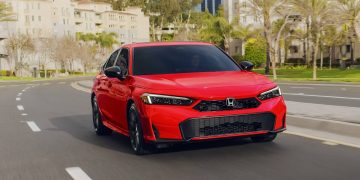
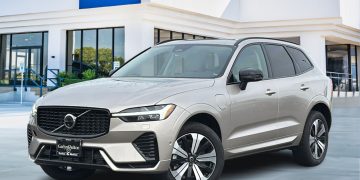
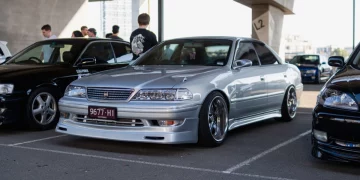

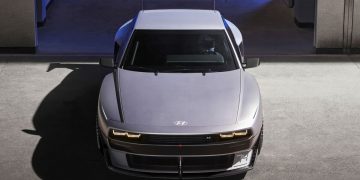




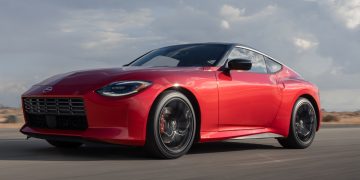


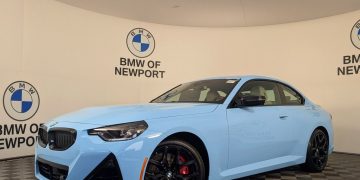



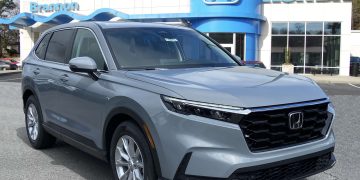

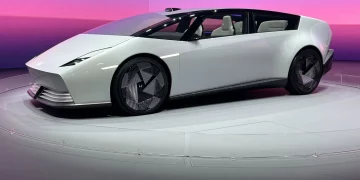













Discussion about this post